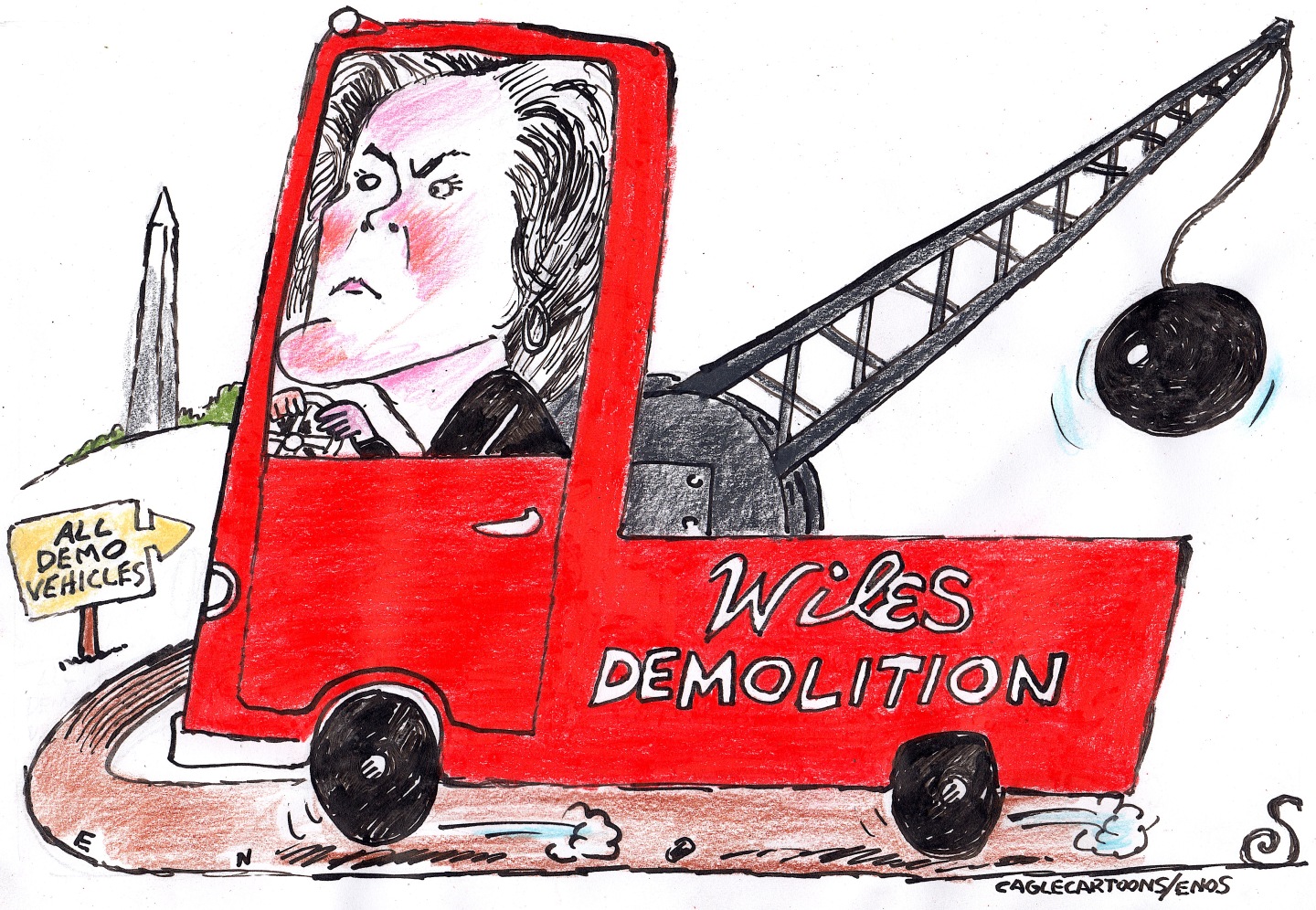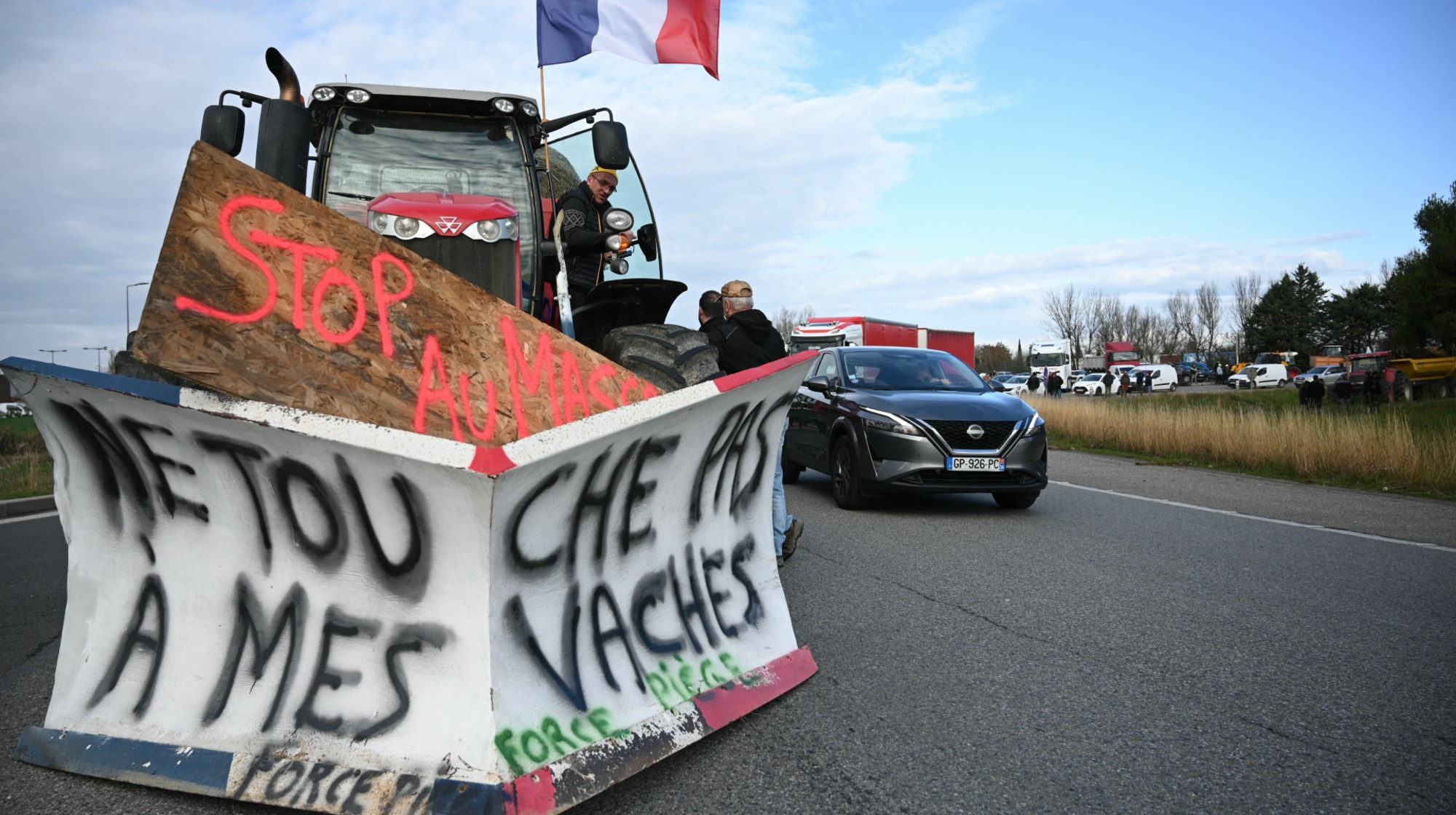How other countries are extending or ending furlough
Chancellor Rishi Sunak is under pressure to follow lead of nations such as Germany to support workers

The UK government is facing growing calls to extend the Coronavirus Job Retention Scheme in order to prevent what Labour leader Keir Starmer has described as the “scarring effect” of “mass unemployment” .
Chancellor Riski Sunak has insisted that his “priority” is to find new ways to protect jobs, but the Unite union is warning that the “redundancy floodgates” are set to open as the clock ticks down to the current 31 October end date for the furlough scheme.
With unemployment already at a two-year high, “influential figures including former prime minister Gordon Brown are urging the government to bring in a German or French-style system”, the BBC reports.
The Week
Escape your echo chamber. Get the facts behind the news, plus analysis from multiple perspectives.

Sign up for The Week's Free Newsletters
From our morning news briefing to a weekly Good News Newsletter, get the best of The Week delivered directly to your inbox.
From our morning news briefing to a weekly Good News Newsletter, get the best of The Week delivered directly to your inbox.
Here’s how the two European nations plus the US have handled the transition:
Germany
First used during the 2008 financial crisis, Germany’s Kurzarbeit (“part-time work”) scheme covers 60% of the net salary of a new claimant - less than Britain’s 80%. However, “the German wage subsidy rises to up to 80% of net salary, or 87% for people with children, depending on how long you have been furloughed”, reports Channel 4 News’ FactCheck.
And unlike the UK scheme, which was initially “based on paying workers to stay at home and do nothing”, the German system “was always about short-time working - allowing employers to reduce employees’ hours while keeping them in a job”, says the BBC.
A free daily email with the biggest news stories of the day – and the best features from TheWeek.com
The money paid to workers by the government then covers the wages they would have earned working those lost hours.
The scheme pays out up to €6,700 (£6,130) per month for employees with children - much higher than the UK’s £2,500 cap - and has been extended until at least the end of 2021.
France
The French equivalent is called chomage partial, or “partial unemployment”. Described by The Telegraph as being “one of the most generous furlough schemes in Europe”, the French government has paid workers up to 70% of their gross salary – roughly equivalent to 84% of net salary – for salaries up to €6,927 (£6,340) gross per month. Workers on minimum wage have got 100% of their net salary.
As with the German version, the French scheme “is designed to subsidise the jobs of people on reduced working hours - and it’s also intended for the long haul”, says the BBC. The scheme has been extended until the end of next year.
US
The Donald Trump administration has taken a less hands-on approach to supporting employees put on furlough.
Back in March, the president signed a $2.2trn relief bill that was intended “to soften the financial impact that the coronavirus had on the US economy” and that included a one-off $1,200 (£925) payout to most adults, with $500 (£385) per dependent child, says CNet.
In addition, the “typical unemployed American” received about $930 (£715) a week from the state between late March and late July, with the payments then cut to about $330 (£250), adds The Washington Post.
House Democrats have also called for a second round of stimulus checks worth up to $6,000 (£4,625) per family - a proposal that Republicans have yet to act on.
-
 5 fairly vain cartoons about Vanity Fair’s interviews with Susie Wiles
5 fairly vain cartoons about Vanity Fair’s interviews with Susie WilesCartoon Artists take on demolition derby, alcoholic personality, and more
-
 Joanna Trollope: novelist who had a No. 1 bestseller with The Rector’s Wife
Joanna Trollope: novelist who had a No. 1 bestseller with The Rector’s WifeIn the Spotlight Trollope found fame with intelligent novels about the dramas and dilemmas of modern women
-
 Codeword: December 20, 2025
Codeword: December 20, 2025The daily codeword puzzle from The Week
-
 ‘Lumpy skin’ protests intensify across France as farmers fight cull
‘Lumpy skin’ protests intensify across France as farmers fight cullIN THE SPOTLIGHT A bovine outbreak coupled with ongoing governmental frustrations is causing major problems for French civil society
-
 How Bulgaria’s government fell amid mass protests
How Bulgaria’s government fell amid mass protestsThe Explainer The country’s prime minister resigned as part of the fallout
-
 Femicide: Italy’s newest crime
Femicide: Italy’s newest crimeThe Explainer Landmark law to criminalise murder of a woman as an ‘act of hatred’ or ‘subjugation’ but critics say Italy is still deeply patriarchal
-
 Brazil’s Bolsonaro behind bars after appeals run out
Brazil’s Bolsonaro behind bars after appeals run outSpeed Read He will serve 27 years in prison
-
 Americans traveling abroad face renewed criticism in the Trump era
Americans traveling abroad face renewed criticism in the Trump eraThe Explainer Some of Trump’s behavior has Americans being questioned
-
 Nigeria confused by Trump invasion threat
Nigeria confused by Trump invasion threatSpeed Read Trump has claimed the country is persecuting Christians
-
 The Louvre’s security measures are in hot water after a major heist
The Louvre’s security measures are in hot water after a major heistIn the Spotlight Millions of dollars in jewels were stolen from the museum
-
 France’s ‘red hands’ trial highlights alleged Russian disruption operations
France’s ‘red hands’ trial highlights alleged Russian disruption operationsUNDER THE RADAR Attacks on religious and cultural institutions around France have authorities worried about Moscow’s effort to sow chaos in one of Europe’s political centers